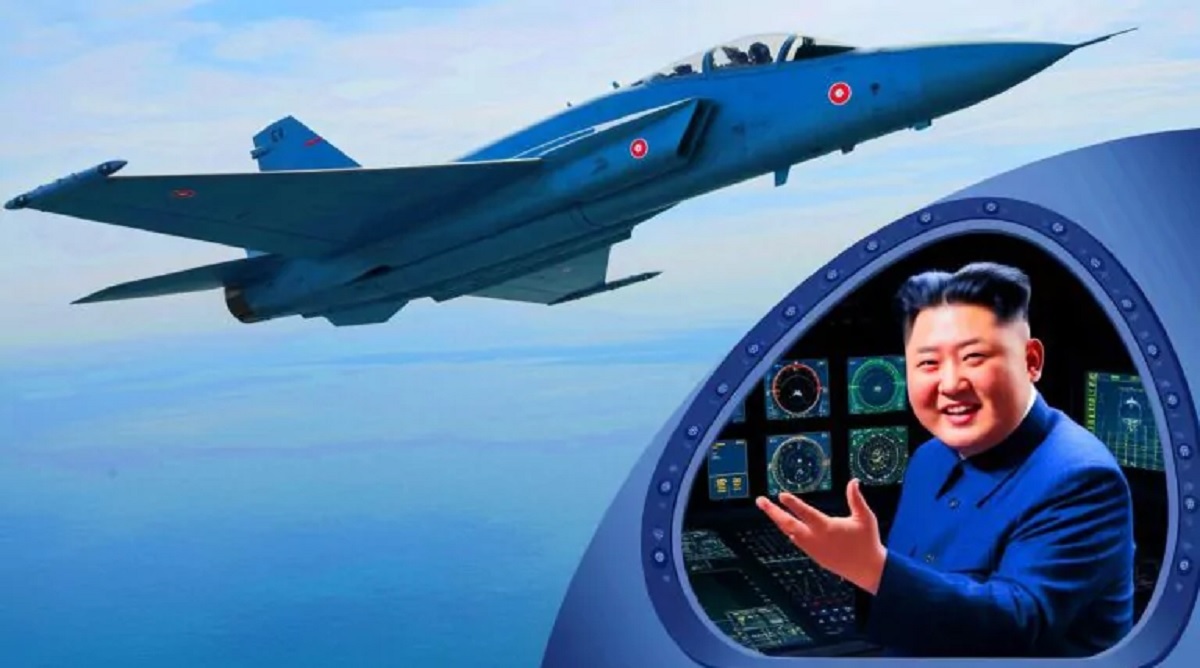A watershed in North Korea’s skies
North Korea’s first operational-looking AEW&C aircraft has taken to the air, signaling a material change in how Pyongyang could see and manage the battlespace. The platform, believed to be based on a Russian Il‑76 airframe, adds altitude, endurance, and a wide sensor horizon to a military that has long relied on ground-based radars and interceptors. For regional planners, the worry is simple: more information at altitude means more time to react, coordinate, and survive.
The symbolism is unmistakable as well: Kim Jong Un’s on-camera tour of a plush, high-tech interior projects both confidence and capacity. It’s a vivid way to announce that North Korea’s sky picture—and the choices it can make within it—may be changing, perhaps faster than many expected or assumed.
What the first flight reveals
Imagery suggests a fixed, disk-like radome housing three phased-array panels for continuous 360-degree coverage. That approach mirrors China’s KJ‑2000 family and sidesteps the rotating-dish tradition of older Russian A‑50 designs. In theory, such arrays provide brisk refresh rates, better resistance to jamming, and flexible beam steering.
Actual performance remains the big unknown. Detection range depends on radar power, processing, and waveform agility, as well as data-links that can push tracks to fighters and SAMs. Even a modestly capable system, however, can stitch together a wider air picture than North Korea has ever fielded, complicating opponents’ preemptive strike and deception plans.
“An eye in the sky doesn’t need to be perfect to be dangerous; it only needs to be good enough to buy time and options,” goes a sober refrain among regional analysts.
Inside the cabin: opulence meets utility
State media showed Kim inspecting a sleek, brightly lit cabin, with rows of modern flat-panel consoles and uncluttered workstations. The aesthetic is part theater, part technology demo—plush seating and polished finishes framing a message of momentum and modernity. The effect is striking: a warplane that looks as comfortable as a lounge, yet serious enough to manage missions.
Behind the sheen lies the hard problem of real-time fusion. AEW&C platforms live or die on crew training, software integration, and disciplined communications that move clean tracks to shooters without delay. North Korea’s ground networks are opaque, and the maturity of its airborne C2 tools—routing, deconfliction, and automated handoffs—remains unclear but crucial.
AEW&C aircraft also demand large, specialized crews, with operators monitoring search, identification, and intercepts while juggling frequencies and data-links under pressure. If Pyongyang can sustain a cadre of proficient controllers, the airplane becomes more than a sensor—it becomes a multiplier.
Strategic ripples across the region
An airborne radar net changes the geometry of surprise. With higher vantage and long-range scans, North Korea can spot ingressing aircraft earlier, cue surface-to-air batteries more efficiently, and vector fighters to advantageous angles. Even intermittent patrols could thicken the regime’s day-to-day awareness, raising the bar for allied stealth, deception, and timing.
The flip side is vulnerability. AEW&C platforms are high-value, slow-moving targets, often guarded by escorts and standoff missiles. In a shooting war, South Korea, Japan, and the United States would prioritize tracking, jamming, and killing such an asset early. That reality forces Pyongyang to think carefully about routes, orbits, and defenses, potentially limiting the aircraft’s time on station.
Immediate takeaways include:
- A broader, higher-quality early-warning picture for routine surveillance and crisis monitoring
- Better coordination between radars, fighters, and SAMs through centralized or distributed control
- More resilient air-defense coverage that pressures allied mission planning
- A high-value node that adversaries will seek to jam, deceive, or rapidly neutralize
The Russia–China question and the road ahead
The airframe lineage points to Russian roots, while the sensor architecture echoes Chinese practice. Whether that implies direct assistance, technology transfer, or reverse-engineering is not yet evident, and sanctions make overt collaboration politically costly. Still, design parallels suggest Pyongyang is learning from proven templates, not reinventing from scratch.
Capability, though, is not a one-time reveal—it’s a supply chain, training pipeline, and maintenance burden. Sustaining radar reliability, refreshing software, and keeping data-links secure will test North Korea’s industrial base under sanctions. Equally important are the less glamorous layers: encryption discipline, emissions control, and procedures that keep the aircraft alive in contested skies.
Satellite photos and state media will drip-feed clues, but real judgment will come from how often the platform flies, how well it integrates, and whether its presence changes adversary flight paths and posture. If it drives more allied standoff tactics, more electronic attack packages, or revised tanker tracks, then its strategic effect is already real.
North Korea has announced, with showmanship and substance, that its aerial awareness is entering a new chapter. Whether the chapter is thin or thick will hinge on the invisible layers—training, integration, and survivability—that separate impressive footage from enduring power.


What does NK do when an F-35 pulls up on it from behind and they didn’t even know one of them was even airborne anywhere in the area. At least some of their poor civilians can collect the metal after it gets shot out of the sky and get some money from the scrap dealer.